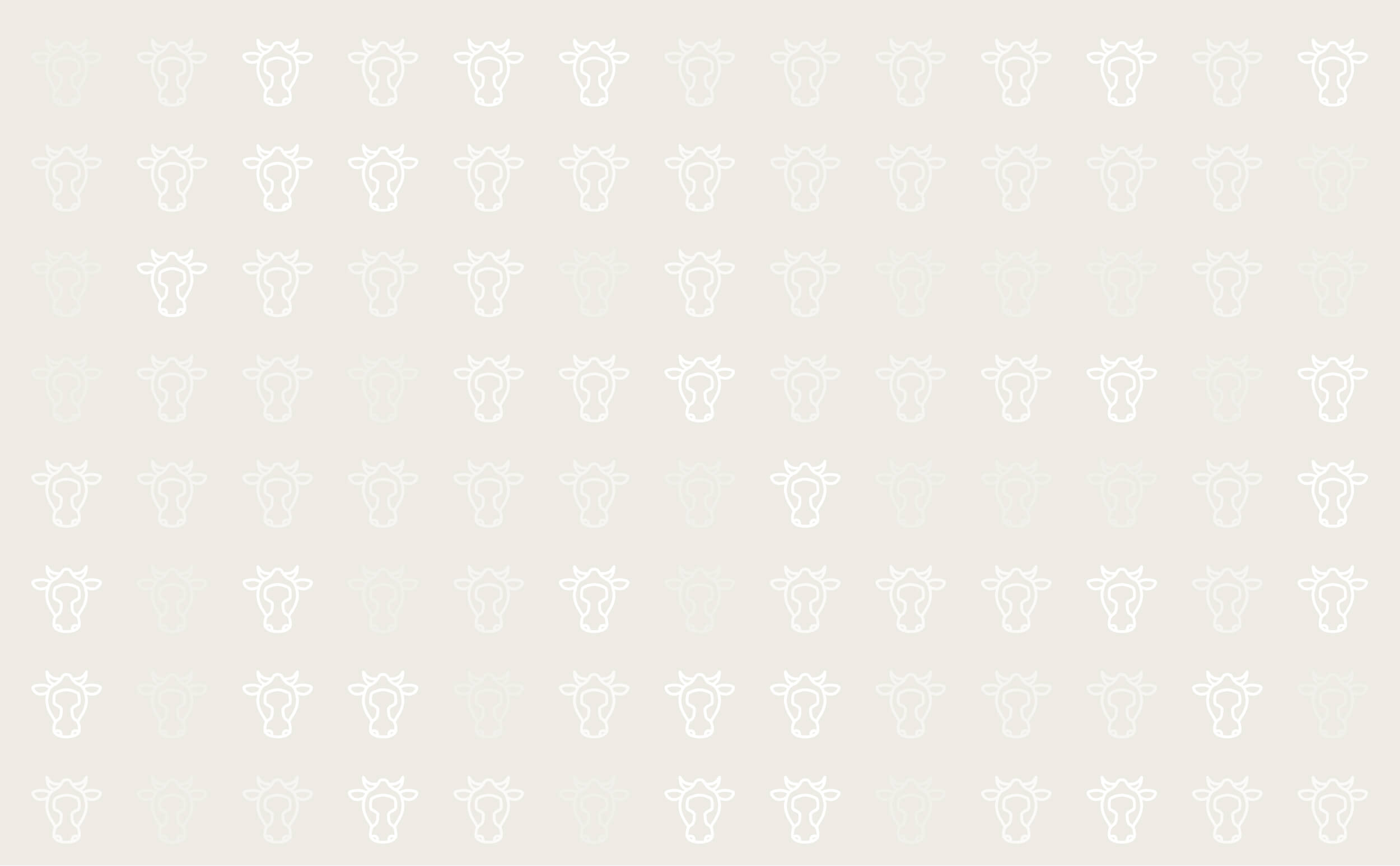



Trypanosomosis/ Sleeping Disease/ 'Nagana'
Mainly occuring in Africa, Trypanosomosis, or Sleeping Disease, is a infection affecting both animals and humans.
The disease mainly occurs in areas where Tsetse flies inhabit. Tsetse flies infest 10 million square kilometres and affect 37 countries, mostly in Africa, where it is known
as ‘Nagana’.
It is the most economically important livestock disease of Africa, as it can have a devastating impact on rural areas.
Cause
Trypanosomosis is usually transmitted through blood lymph and other fluids of infected animals. It is caused by Flagellated protozoan parasites that live in the fluids and tissue of its host animal.
Often the disease is transmitted through the bite of an infected tsetse fly which has been feeding on an infected animal.
Symptoms
Symptoms often begin to show four to 24 days after infection. The most important clinical sign is nonregenerative anaemia.
The major clinical signs are:
- intermittent fever
- anaemia
- oedema
- lacrimation
- enlarged lymph nodes
- abortion
- decreased fertility
- loss of appetite, body condition and productivity
- early death in acute forms
- emaciation and eventual death in chronic forms often after digestive and/or nervous signs
Prevention and treatment
At present no vaccine is available.
If detected early, Trypanosomosis can be treated with trypanocidal drugs for therapeutic and prophylactic purposes.
Therapeutic drugs for cattle include diminazene aceturate, homidium chloride and homidium bromide. Prophylactic drugs for cattle include homidium chloride, homidium bromide and isometamidium.
However the effectiveness of these drugs is now questionable following years of use, causing resistence and now variuos strains of Trypanosomosis to occur.
Another area of control that has been studied is to eradicate the tsetse flies which transmit the disease.
The most common of the procedures that have been deveoped are: spraying insecticide on tsetse habitat, destruction of tsetse habitat and alteration of vegetation so that it becomes unsuitable for tsetse flies.
However, these methods are costly and require a high level of management, organisation and specialist expertise.
http://www.oie.int/fileadmin/Home/eng/Animal_Health_in_the_World/docs/pdf/TRYPANO_TSETSE_FINAL.pdf
http://vie.dis.strath.ac.uk/vie/CaDDiS/

